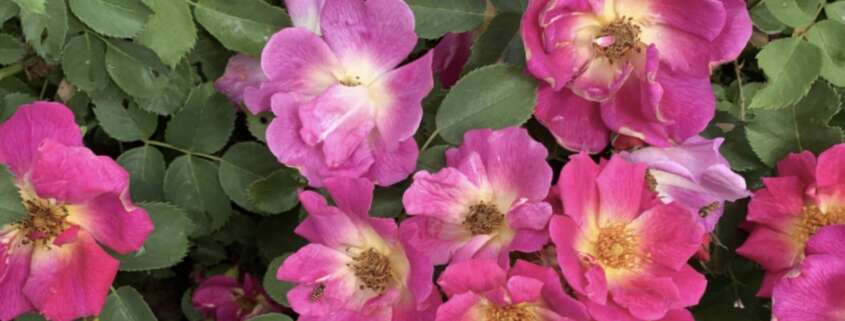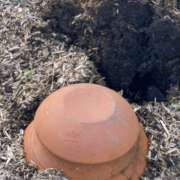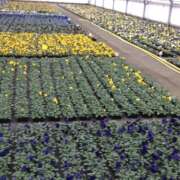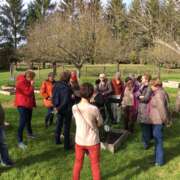The rosebushes
#rose #pink #rosier #flowers #garden #nature #rosa #rose garden #shrub
Rosebushes are also known as Rosa. No need to introduce them to you! There is at least 1 rosebush in each garden. It is one of the best known and most appreciated plants for its colors and its fragrance!
Roses belong to the Rosaceae family. Their origin dates back millions of years!
The rosebushes
Rosebushes are native mainly to the northern hemisphere, including parts of Europe, Asia and North America…. It remains vague!!!
It is estimated that the first wild roses appeared about 70 million years ago in Asia. These early species were climbing plants with single flowers, and they evolved over time into the wide variety of roses we know today.
Rosebushes were loved by ancient civilizations including the Egyptians, Greeks and Romans, who used them for both ornamental and medicinal purposes. Roses were often associated with deities, and they were used in celebrations and rituals.
Over the centuries, roses have been cultivated and selected by gardeners to enhance their characteristics, including flower size, shape and color. The cultivation of roses spread in Europe during Antiquity and the Middle Ages, and many rose gardens were created.
So much for presenting the story of the beast!
The first roses
If we go back a bit in time, the first rose bush to arrive in France is known as the “Rose de Provins” (Rosa gallica). The Rose de Provins is a species of wild rose that was already present in Europe before the arrival of the Romans. It is native to Western Asia and Eastern Europe.The Romans brought this rose to France, and it became very popular during medieval times. The Rose de Provins was grown in the gardens of monks, lords and noble families. It was valued for its fragrant flowers and medicinal properties.Over time, other varieties of roses were introduced to France, including wild species and hybrids of roses from other parts of Europe and Asia. The crossbreeding and selection carried out by horticulturists has led to the creation of many different varieties of roses.Rose cultivation in France experienced a particular boom during the Renaissance period, when rose gardens and rose gardens were very popular. Many types of roses, including imported varieties, have contributed to enriching the diversity of this plant over the centuries.
Selections…
Today, thanks to the selection and hybridization carried out by horticulturists, there is an immense diversity of rosebushes. It goes from modern hybrid varieties, old ones and wild species.And how does this story work?To obtain a new plant, several methods are used, including hybridization and grafting. Hybridization involves crossing two different varieties to obtain offspring that combine the characteristics of both parents. Two “parents” are chosen based on desired characteristics, such as color, flower shape, fragrance, disease resistance, etc. Pollen from one flower of one parent is transferred to the pistil of a flower from the other parent. This can be done manually using a brush.After pollination, the flowers will produce fruits containing seeds. These seeds contain the genetic mixture. They are then sown and the plants obtained from the germinated seeds will be observed and evaluated to identify those which present the desired characteristics. It takes 15 years to release a new rose.
Grafting
Grafting is a common method used to reproduce plants identical to a specific variety. It involves combining a part of the plant, called a scion, with another part of the plant, called a rootstock.The graft is taken from the desired variety. The rootstock is selected based on its growth properties and disease resistance.The graft is inserted into an incision made on the rootstock. The two parts are then tied together so as to ensure close contact.The graft area is usually protected using a specific material, such as grafting tape.In general, in the rosebush, the crest grafting is used.Then, as the rose bush grows taller, you may see a bulge at the base. This is the grafting point. Depending on the rootstock, your mission, if you accept it, is to cut all the suckers. They are also called greedy. These are shoots with different colored leaves. It is imperative to cut them as soon as they appear. Otherwise, the graft will disappear and you will only have the rootstock with its little roses. It would be a shame !Resistant rosesToday, when choosing a rose bush, you can look carefully at the labels to find out if they are disease resistant. ADR and Label Rouge standards allow you to choose your rose with confidence. New varieties select disease-resistant varieties. In addition to a beautiful fragrant rose, disease resistance is essential for a beautiful rosebush!












Leave a Reply
Want to join the discussion?Feel free to contribute!